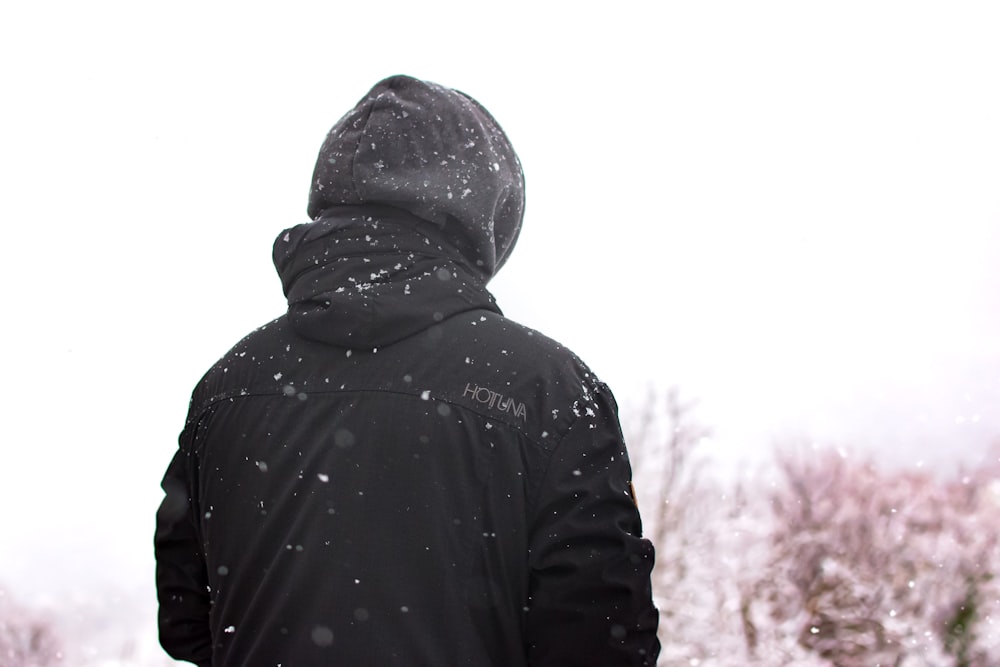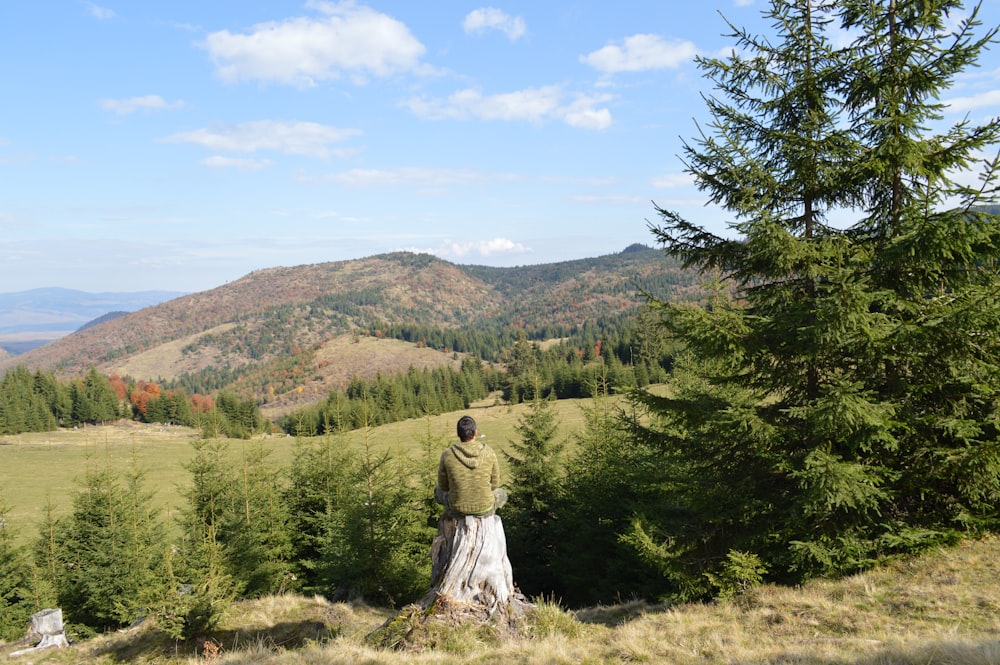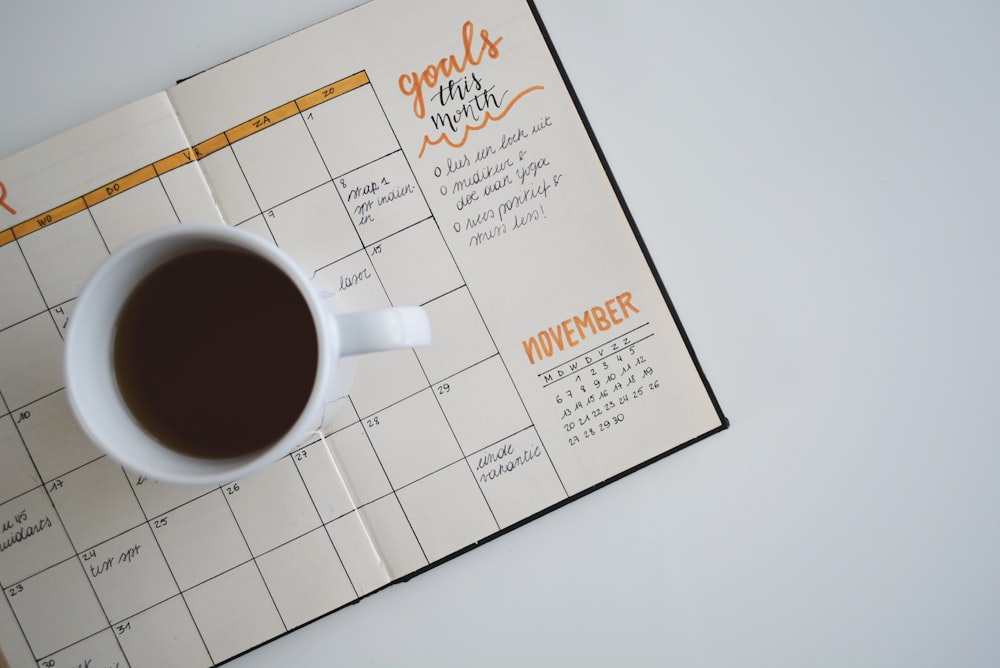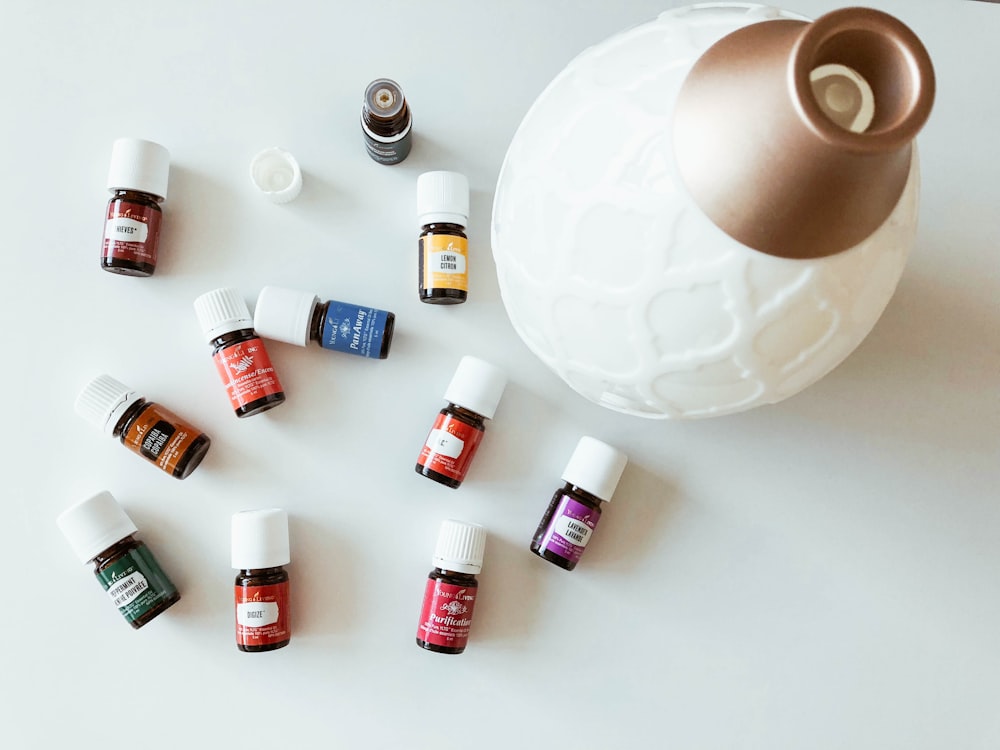

With the Christmas tree composting and radio stations shelving Bing Crosby music for another year, let’s get real with something: ‘Tis the season for melancholia.
We all know the feeling. You’re more tired these days. More anxious or moody. Cocooning with high-carb fare while you and your fuzzy kid’s binge-watch Netflix, sounds better than hanging out with friends and family. Your appetite for the good company is currently on hideous. It’s harder to get out of bed, and when you do, your mood resembles the landscape you see-cold, dark, abysmal nastiness.
If you feel this way each January you’re not alone.
The issue? Mother Nature’s gloomy new year’s forecast is biologically felt to some degree by an estimated 1:20 people who live in colder climates during the winter. Starting around October and ending in April with spring’s thaw. For most people, it manifests as the winter blahs. The age-old doldrums of wanting the winter to end so badly that our bodies can produce mild but manageable feelings of external sluggishness, worsening of cold, flu, and bronchitis symptoms, and food cravings.

Nearly 20 million Americans have a more severe form of winter depression or Seasonal Affective Disorder, or more aptly known by the acronym SAD. A condition diagnosed only after at least two consecutive years of more intense symptoms.
While a person with winter depression may have difficulty waking up or getting out of bed at times, someone with seasonal affective disorder can’t get to work on time. Which can throw off your entire life? Especially if you are in charge of a household, a parent, or run an online business. Professions that do not allow for sick days or leave from work permission slips.
The cause of this disorder? Sensitivity to a lack of sunlight that results from winter’s shorter days. This causes a disruption in our circadian rhythm or internal body clock. The degree of this sensitivity results in a combination of other factors. Including your geography, genetics, and individual brain chemistry.
With SAD, the lack of sunlight causes the brain to work overtime producing melatonin, the hormone that regulates your body’s sleep patterns. A hormone that has been linked to depression.
Which can cause major issues for those living in uppermost parts of the United States, those living in southern Canada, and due to changing climate change patterns, many other parts of the world that otherwise wouldn’t have known severe winter climate patterns even thirty years ago?
It doesn’t take a shrink to confirm that the weather affects your mood. If it’s rainy, things can get a little gloomy. If it’s sunny, there’s often an extra pep in your step. But what do you do if the winter depression is affecting you now?
9 ways you can start to better your SAD symptoms this winter

Spend time in nature
Spending time in nature, if only for a few minutes, can help ease symptoms of SAD. Try to get outside within two hours of waking up. Whether it’s cloudy or sunny, spending some time in the daylight can be a big help. Soaking in a little sun, even on cloudy days, can help recharge your spirits, give your body essential D and K vitamins, and give you a chance to put your world into perspective. Just remember, sun damage can occur even on cloudy days. So always wear your SPF when going outdoors, even in winter!

Let there be light
Many doctors may prescribe light therapy to reduce SAD symptoms. By way of the box form. Light therapy boxes range in brightness and type of light, so consult a physician before buying one. Here’s an affordable example. Remember, in winter sunscreen is still a must when spending time outdoors even for short periods of time!

Talk it out
One study found cognitive behavioral therapy was just as effective as light therapy in treating SAD. A combination of talk therapy and light therapy together was also effective. So, if you need a way to beat the winter blues, talking to others about your mood may be a great first step!

Take a walk
Regular exercise can reduce symptoms of moderate, nonseasonal depression. Studies suggest a combination of exercise and light therapy can also help treat SAD. So put Netflix on pause and consider going for a walk instead. Your mood will thank you!

Go for complex carbs
Complex carbohydrates, including peas, beans, whole grains, and vegetables, are foods your body can turn into glucose (blood sugar) in the body and are used as energy. Glucose is what is used in the cells of the body and in the brain. Complex carbohydrates can help maintain levels of serotonin, a neurotransmitter that regulates mood. So eating complex carbs can help you lose weight, have more energy, and beat SAD symptoms in their tracks!

Meditate
Meditation is learning how to quiet your mind in the middle of chaos. It also helps you be intentional about how you react to your moods. Consistently practicing this form of focus balances seasonal depression by decreasing anxiety and enhancing overall well-being.

Create a Schedule
People suffering from SAD typically gain weight and can’t sleep during the winter months. Creating a schedule that enables you to wake up daily at the same time, being consistent in your exposure to daylight, and charting your healthy eating habits can help you improve SAD symptoms long beyond the current cold winter months.

Essential Oils
Essentials oils, the purest essence of a plant, can help promote restoration in the body and influence moods. They have shown to have the effect of an antidepressant on depressive disorders. Some of my favorites to fight SAD symptoms each winter: basil, bergamot, cardamom, grapefruit, frankincense, geranium, jasmine, and sandalwood.

Dawn Simulators
Toss those loud, annoying alarms and stop relying on digital smartphone apps. Even as a minimalist, I love waking up peacefully with clocks that mimic the changing light of the sun. Dawn simulators, or light-generating alarm clocks, gradually wake you up with light that increases in intensity to simulate morning sunshine using full-spectrum light, which is as close to natural light as possible. At both dusk and dawn each day. I keep my simulator bedside and its usage has helped me fight SAD symptoms each winter season immensely.
Those are my 9 tips for helping to minimize the symptoms of SAD this season. Though cold weather is likely to have a lot of us wishing for spring, it’s important not to cast off SAD as an inevitable winter side effect. Taking action when symptoms hit could make the difference between a lonesome stretch and a happy winter season. If you suffer from SAD, consider trying these tips today!
Now I want to ask, do you suffer from SAD symptoms? If so, what are your best tips for keeping the winter blues at bay? I’d love to hear your advice below!


























